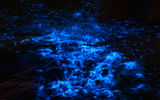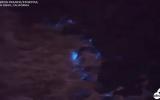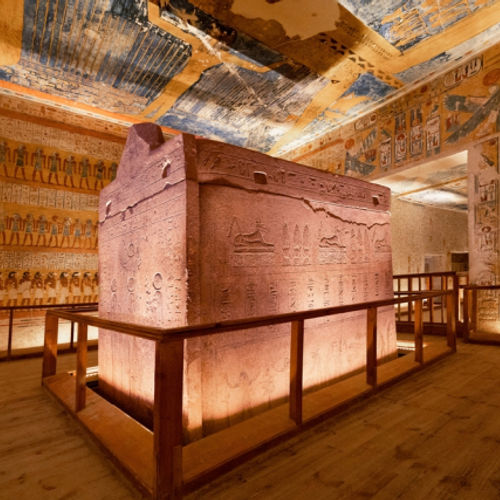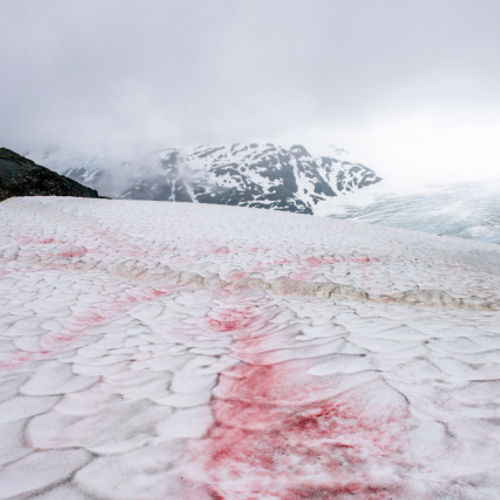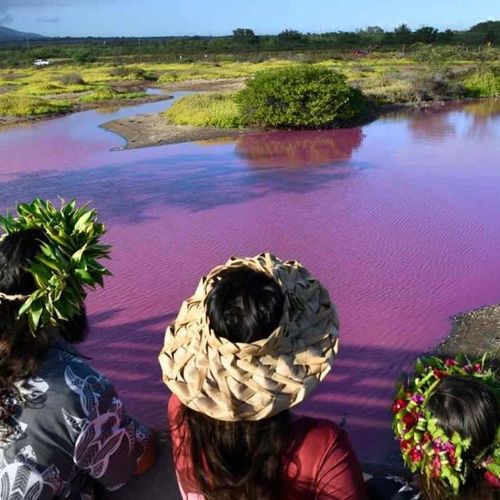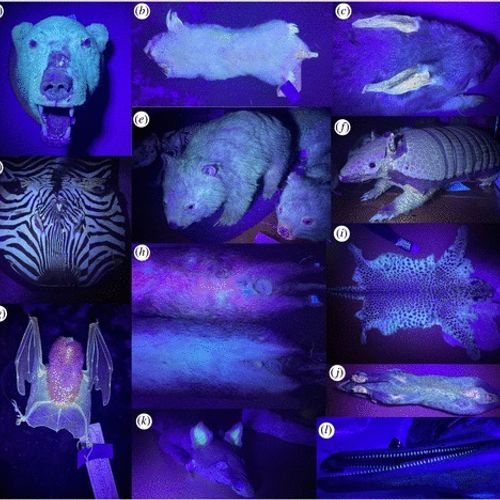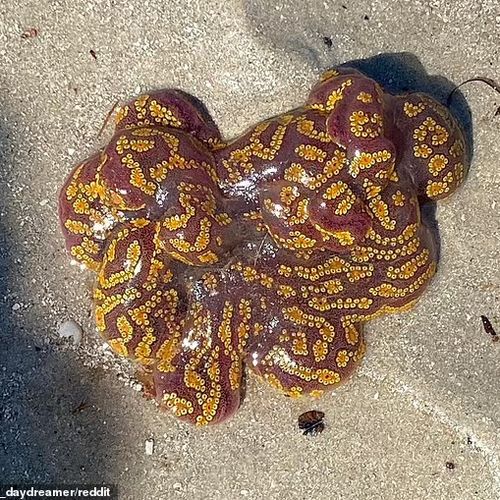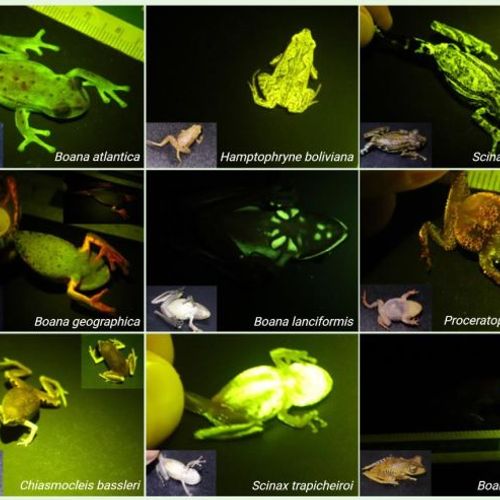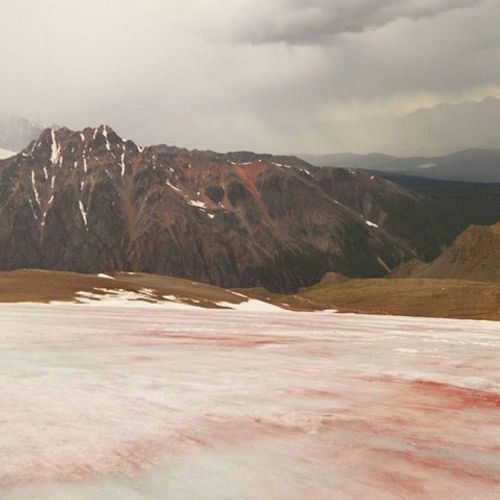
| Added | Mon, 11/05/2020 |
| Источники | |
| Дата публикации | Sun, 10/05/2020
|
| Версии |
Off the coast of southern California began an intensive phytoplankton bloom. During the day tiny organisms Lingulodinium polyedra have a red-brown color, hence the name red tide. At night, bioluminescent phytoplankton emits fantastic blue glow, especially in the swirling water.
This year the bloom was first discovered in late March. According to the SCRIPPS Oceanographic Institute, it can last from several days to several weeks.
A camera mounted on the beach in Newport beach, April 24 captures of marine bioluminescence in action, including a couple of dolphins swimming in the glowing waves.
To date, most of the USA, including California, weaken the restrictions imposed in connection with the pandemic COVID-19. Beaches begin to open, and colourful spectacle attracting on the California coast the crowds.
In San Diego, where April 27 has reopened the beaches, allowed surfing, swimming, running and walking. "My Board left a bioluminescent trail, and when I put his hand in the water to paddle, it was like a light stick. There was more than one person, and we happily splashed like children", — shared his impressions of surfer Dale Huntington.
Although tourists still not have access to parks, it is forbidden to sit or sunbathe on the sand, groups of people flocking to see the bioluminescent algae, violate these restrictions, and even arrange night parties.
The organisms themselves, Lingulodinium polyedra is not toxic to humans, but not all phytoplankton bloom is the same. For example, in some parts of the Mediterranean bloom Lingulodinium polyedra produces hazardous neurotoxin called yessotoxin, and along the coast of East China's accumulation of Noctiluca scintillans Deplete oxygen in water, creating dead zones.
Translated by «Yandex.Translator»
Новости со схожими версиями
Log in or register to post comments
